What Is Contour Interval?
Important Point
A contour interval is a vertical distance or difference in elevation between contour lines. Index contours are bold or thicker lines that appear at every fifth contour line.
or
A contour interval in the survey is the vertical distance or the difference in elevation between the two contour lines on a topographic map.
How to Calculate the Contour Interval of the Maps?
A contour map consists of contour lines for a given geographic region. To keep the contour map simple and easy to read, not all contour lines are marked with their elevation reading. These marked or labeled lines are known or called Contour lines of the index.
- How to Reduce Construction Cost (Tips)
- House Construction Cost Calculator Excel Sheet
- How to Building Construction Process Step by Step
- Principle of Plane Table Surveying Methods
- Which Cement Is Best for House Construction
- What Is Tendering
- What Is a Top-Down Construction
Calculation of Contour Intervals
A map legend usually identifies the contour interval on the map, but sometimes only part of a map is available. Knowing how to calculate the contour interval becomes a useful skill. On most maps, each fifth contour line, shown as a heavier or darker line, is an index line or index contour. These index lines will be marked with their elevation.
Find the elevations of two adjacent index lines. The highest number shows the uphill rise. Find the difference between the two elevations.
For example,
If the uphill elevation is equal to 1,000 above average sea level and the lowest elevation is equal to 800 above average sea level, the difference in elevation is equal to 200.
To Knowing how to calculate the contour interval becomes a useful skill.l, start by counting the contour lines from one index line to the next index line. Maps generally count five contour lines from one index line to the next, including the next index line.
- As with counting from one number to the next,
- like from five to 10,
- Start with the next line of the index line,
- Counting each contour line up to and including the next index line.
- To find the elevation interval between the contour lines,
- Divide the difference in elevation between the index lines by the number of contour lines from one index line to the next.
- In the example above, the distance 200 is divided by the number of lines, 5.
- The contour interval is equal to 200 / 5 = 40,
- or 40-unit contour intervals.
- If, on the other hand, the elevation difference between the index lines were 100 feet, the contour interval would be 100 / 5 = 20 or a 20-unit contour interval.
Uses of Contour Intervals in Surveying
When a large area is to be mapped onto a small piece of paper, contour intervals are used. A higher contour interval is used for a large area and a small contour interval for a small area. Earthwork estimates for any type of structure, such as bridges, dams or roads, can be found with the help of contour intervals on a map.
Since the contour intervals are for calculating the vertical elevation of an area, in the same way as for calculating the horizontal distance, it is referred to as the horizontal equivalent.
- What to Do If the Concrete Cube Fails After 28 Days?
- What is Tremie Pipe | Tremie Method of Underwater Concrete
- What Is A Concrete Pump | How Does A Concrete Pump Work
- What Is Staircase | Staircase Design Calculation Example | Concrete Calculation of Staircase
- How to Calculate Staircase Qty | Concrete & Bar Bending Schedule (BBS) for Staircase | Staircase Reinforcement Details
- What Is Modulus of Rupture | What Is Flexural Modulus | What Is Flexural Stress | Flexural Strength of Concrete | Bending Modulus | What Is Flexural Strength
Reading Contour Lines
The contour lines show the shape of the earth. A single contour line marks an equal elevation line, which means that if the contour line measures an elevation of 1,000 feet above average sea level, all points along that line are 1,000 feet above average sea level.
The contour lines never cross, as a point on the map cannot have two different elevations at the same time. The farther the contour lines appear on the map, the smoother the slope of the earth is. The closer the contour lines appear, the more inclined the terrain will be.
Where the contour lines get very close, and almost precipice occurs. If the relief is a vertical cliff, the contour lines almost come together and can look as if they are merging. Pending cliffs can have one line crossing over the other (this is the only time those lines can cross), with one line appearing as dotted.
Be aware, however, that smaller cliffs can occur between the contour lines, even in areas with smooth slopes. A cliff 15 feet high, for example, along a flow channel or due to minor faults, would not necessarily show whether that cliff lies between two contour lines, especially if they have a longer contour gap.
Also, read: Benchmark in Surveying | TBM in Surveying | GTS Benchmark| Permanent Benchmark| Arbitrary Benchmark
What Is the Importance of Topographic Maps?
Topographic maps are an important tool because they can represent the three-dimensional landscape in two dimensions. A person who can read a map from the top can discover the location of peaks, valleys, mountain intervals, and saddles, among other land features.
Topo maps can also show whether you are traveling up or down a specific road or trail.
1. Contour Lines
Elevations on an upper map are marked with contour lines, which connect equal elevation points. Imagine walking around a mountain in a circle, never going up and down the hill, but staying at the same altitude.
If you followed the path, you would have a contour line on a map. The contour lines are usually separated by 40 vertical feet, but you should check the map you are using to be sure, and each fifth contour line is usually marked with an actual elevation.
2. Land Features
The shape of the contour lines can indicate the shape of the landforms in a specific area. For example, concentric circles show a peak, with the smallest circle marking the summit.
The contour lines next to each other indicate that the land is very steep, while the scattered contour lines show that the land is relatively flat.
The contour lines surrounding two peaks – or two sets of concentric circles – may indicate the presence of a saddle or space between the peaks.
3. USGS Maps
Topographic maps across the country were produced by the US Geological Survey, which began surveying land to create these maps in 1879. Today, the USGS has created more than 54,000 maps, which form the basis of most commercially available topographic maps today.
USGS topographic maps also show features that you would see on regular road maps, including roads, dirt roads, cities, and structures. The maps also show power lines, rivers, glaciers, and mines.
4. Orienting the Map
To combine a topographic map with the surrounding landscape, which will allow you to identify features such as mountains and rivers, it is important to ensure that the map is oriented correctly.
You can quickly orient the map using a compass and the “compass rose” found on the map, which will have an arrow pointing north. Align the compass needle, which points north, with the arrow on the wind rose, rotating the map if necessary.
What Is Reading a Topo Map?
Studying a topo map of a familiar area is a great way to learn how to match terrain features with the contour lines on a map. Index contour lines: Every fifth contour line is a thicker, “index” line. At some point along that line, its exact elevation is listed. You find the contour interval for your map in its legend.
Contour Interval
A contour interval is the vertical distance or difference in elevation between contour lines. Index contours are bold or thicker lines that appear at every fifth contour line. If the numbers associated with specific contour lines are increasing, the elevation of the terrain is also increasing.
What Is Contour Interval?
A contour line of a function of two variables is a curve along which the function has a constant value, so that the curve joins points of equal value. It is a plane section of the three-dimensional graph of the function f parallel to the-plane.
Contour Lines
Contour lines are lines drawn on a map connecting points of equal elevation, meaning if you physically followed a contour line, elevation would remain constant. Contour lines show elevation and the shape of the terrain. They’re useful because they illustrate the shape of the land surface-its topography. Moreover, topographical surveyors in Edmond know how to do it.
Contour Interval on Topographic Map
A contour line is a line drawn on a topographic map to indicate ground elevation or depression. A contour interval is a vertical distance or difference in elevation between contour lines. Index contours are bold or thicker lines that appear at every fifth contour line. Sharp contour points indicate pointed ridges.
What is the Contour Interval of the Map?
A contour line is a line drawn on a topographic map to indicate ground elevation or depression. A contour interval is the vertical distance or difference in elevation between contour lines.
Contour Lines and Contour Intervals
A contour line is a line drawn on a topographic map to indicate ground elevation or depression. A contour interval is the vertical distance or difference in elevation between contour lines. Index contours are bold or thicker lines that appear at every fifth contour line.
Contour Index
Index contours are bold or thicker lines that appear at every fifth contour line. If the numbers associated with specific contour lines are increasing, the elevation of the terrain is also increasing. If the numbers associated with the contour lines are decreasing, there is a decrease in elevation.
Uses of Contour Intervals in Surveying
A higher contour interval is used for a large area and small contour interval for small area. In a large map, index contour lines are less to keep it simple to read the map easily. In this case, to find out the intermediate points elevation, contour intervals are used.
What Is the Contour Interval Equal To?
Divide the difference in elevation between the index lines by the number of contour lines from one index line to the next. In the example above, the distance 200 is divided by the number of lines, 5. The contour interval is equal to 200 / 5 = 40, or 40-unit contour intervals.
Contour Lines in Surveying
In the most basic terms, a contour survey illustrates the elevation differences across your land, in regular intervals, from the lowest point to the highest point. Contour lines join points at the same elevation. The closer together the contour lines are, the steeper the section.
What Is the Purpose of Contour Interval?
A contour line is a line drawn on a topographic map to indicate ground elevation or depression. A contour interval is the vertical distance or difference in elevation between contour lines.
What Is the Difference Between Contour Interval and Scale?
Scale and Contour Interval. Contour Interval: The contour interval on a topographic map is the vertical distance between one contour line and the next. The scale of a WWI military map is usually conveyed by a representative fraction, graphic line or both.
What Is a Contour Index?
Index contours are bold or thicker lines that appear at every fifth contour line. If the numbers associated with specific contour lines are increasing, the elevation of the terrain is also increasing.
What Is the Factors Affecting Contour Interval?
- The Scale of The Map: The contour interval is inversely proportional to the scale of the map. If the scale is small, the contour interval should be large and vice versa.
- Nature of The Ground: The general terrain of the area determines the contour interval. For a flat area, the contour interval should be small. For sloping or undulating terrain, the chosen contour interval should be large
- Purpose and Expansion of the survey work: If surveying work is to be used for precise and detailed calculations, then the small contour interval should be chosen and a large contour interval is chosen for the following cases: For catchment areas, To the reservoir, For location survey.
- Time available and Eligible Expenses for field and office work: A large contour interval should be used if the time available for survey work is less. The small contour interval, survey work, and plotting need to be more precise. For a small contour interval, the money needed will also be more as the field and office work will be larger.
What Are 3 Types of Contour Lines?
There are 3 kinds of contour lines you’ll see on a map: intermediate, index, and supplementary.
- Index lines are the thickest contour lines and are usually labeled with a number at one point along the line. This tells you the elevation above sea level.
- Intermediate lines are the thinner, more common, lines between the index lines. They usually don’t have a number label. Typically one index line occurs for every five intermediate lines.
- Supplementary lines appear as dotted lines, indicating flatter terrain.
Why Are Contour Lines Used?
The purpose of contour lines is to represent the tridimensional shape of the terrestrial surface on a bidimensional map. Contour lines are the intersection of an horizontal plane parallel to the reference level and the topographical surface to describe. Consequently: Contour lines are always closed curves.
How Do Contour Lines Work?
The feature that makes this possible is contour lines: Contour lines indicate the steepness of terrain. Contour lines connect points that share the same elevation: Where they’re close together (they never intersect), elevation is changing rapidly in short distance and the terrain is steep.
What Shape Are the Contour Lines?
At a stream junction, contour lines form a “M” or “W” shape. This can be interpreted as two “V-shaped contours intersecting.
What Is Contour Interval on a Topographic Map?
A contour line is a line drawn on a topographic map to indicate ground elevation or depression. A contour interval is the vertical distance or difference in elevation between contour lines. Index contours are bold or thicker lines that appear at every fifth contour line.
How Do You Read Contour Intervals on a Topographic Map?
- Index lines are the thickest contour lines and are usually labeled with a number at one point along the line. This tells you the elevation above sea level.
- Intermediate lines are the thinner, more common, lines between the index lines. They usually don’t have a number label. Typically one index line occurs for every five intermediate lines.
- Supplementary lines appear as dotted lines, indicating flatter terrain. If you’re looking at an index line, it’s easy to read the elevation because it is clearly labeled. However, interval lines are somewhat trickier. To determine their elevation, you’ll need to know the contour intervals.
What Is a Contour Interval Example?
A topographical map of an area near Denver might have index contours of 5,000′, 5,100′ and so on with a contour interval of 20 feet. This means that there would be five “spaces,” and four non-index contour lines, between each index contour. Often, index points are given along with index contours.
How Much Is the Contour Interval on a Topo Sheet?
The elevation difference or vertical distance between two adjacent contour lines would be 20 meters (100 : 5 = 20). Therefore the contour interval is 20 meters.
How Do You Find the Contour Interval on a Map?
Contour intervals tell you the change in elevation between any two contour lines. You can find the contour interval in the map key, usually located underneath the scale of the map at the bottom center.
What Are the 5 Rules of Contour Lines?
- Rule 1 – every point of a contour line has the same elevation.
- Rule 2 – contour lines separate uphill from downhill.
- Rule 3 – contour lines do not touch or cross each other except at a cliff.
- Rule 4 – every 5th contour line is darker in color. This is an INDEX contour line.
- Rule 5 – Contour lines are closer together in steep terrain and farther apart in flat areas.
Where Is the Contour Interval on a Map?
Contour intervals tell you the change in elevation between any two contour lines. You can find the contour interval in the map key, usually located underneath the scale of the map at the bottom center.
How Do You Find the Index Contour?
Find the Index Contour. Before you ever start analyzing contours, you should determine the contour interval which is found in the bottom center of the map. To determine the elevation of a point, you must have a reference line from which to start. This reference line is an index contour.
What Color Is an Index Contour Line?
To make topographic maps easier to read, every fifth contour line is an index contour. Because it’s impractical to mark the elevation of every contour line on the map, the index contour lines are the only ones labeled. The index contours are a darker or wider brown line in comparison to the regular contour lines.
Why Is an Index Contour Important?
Index contours help the map reader get a better feel for the topography of an area. Every 100 ms above sea level, the contour is a darker, thicker brown and is also labelled with the elevation, while the others are lighter, thinner and have no label.
What Are Index Contour Lines on a Topographic Map?
Index contours are bold or thicker lines that appear at every fifth contour line. If the numbers associated with specific contour lines are increasing, the elevation of the terrain is also increasing. If the numbers associated with the contour lines are decreasing, there is a decrease in elevation.
What Is the Contour Interval on the Map?
A contour line is a line drawn on a topographic map to indicate ground elevation or depression. A contour interval is the vertical distance or difference in elevation between contour lines. Index contours are bold or thicker lines that appear at every fifth contour line.
What Is Meant by the Term Contour Interval?
A contour line is a line drawn on a topographic map to indicate ground elevation or depression. A contour interval is the vertical distance or difference in elevation between contour lines. Index contours are bold or thicker lines that appear at every fifth contour line.
What Are the Uses of Contour in Surveying?
- It depicture slope and size of different landforms on map.
- It provides a complete and clear image of the land and the surrounding area.
- By reading contour intervals it is easy to sort out the different elevations of the landscape.
- It provides the basis for coloring method.
What Does a Contour Interval Do?
A contour line is a line drawn on a topographic map to indicate ground elevation or depression. A contour interval is the vertical distance or difference in elevation between contour lines. If the numbers associated with specific contour lines are increasing, the elevation of the terrain is also increasing.
What Is the Contour Interval Used on This Map?
A contour line is a line drawn on a topographic map to indicate ground elevation or depression. A contour interval is the vertical distance or difference in elevation between contour lines. Index contours are bold or thicker lines that appear at every fifth contour line.
Why Are Contour Lines Useful?
Contour lines are useful because they allow us to show the shape of the land surface (topography) on a map. The two diagrams below illustrate the same island. The diagram on the left is a view from the side (cross profile view)such as you would see from a ship offshore.
What Is an Important Part of a Topographic Map?
Topographic maps give the user the ability to view a three-dimensional landscape on a two-dimensional map. One who is able to read a topo map can identify the elevation and location of valleys, peaks, ridges, and other land features.
What Are Four Main Uses of Topographic Maps?
Topographic maps have multiple uses in the present day: any type of geographic planning or large-scale architecture; earth sciences and many other geographic disciplines; mining and other earth-based endeavours (such as planning and constructing ponds); and recreational uses such as hiking or, in particular, orienteering, which uses highly detailed maps in its standard requirements.
What Is the Shape of Contour Lines?
Instead, contours form closed loops. These loops follow the shape of the land, and may extend past the edge of the map. Closely spaced contours indicate a steep slope, whereas contours that are spaced far apart indicate a gentle slope or almost flat surface.
How Do You Find the Height of a Contour Line?
Put simply, contour lines mark points of equal elevation on a map. If you trace the length of a line with your finger, each point you touch is the same height above sea level. If you were to walk the path of a contour line in real life, you would remain at the same elevation the whole hike, never traveling up or down.
How Do You Measure the Height of Land on a Map?
On the map, hover over a spot and click a starting point for your measurement. Then, hover over another spot and click an end point. The measurement will show up in the “Ruler” window.
Contour Interval Definition
The contour interval is a term used in cartography and topographic mapping to describe the vertical distance between contour lines on a map. Contour lines are lines that connect points of equal elevation on the Earth’s surface, and they are used to represent the shape and relief of the land.
What Is a Contour Interval?
A contour interval refers to the specific vertical distance or elevation between two adjacent contour lines on a topographic map. Contour lines are lines that connect points of equal elevation on the Earth’s surface, and they are used to represent the three-dimensional shape of the land on a two-dimensional map.
How to Find Contour Interval?
To find the contour interval divide the difference in elevation between the index lines by the number of contour lines from one index line to the next. For example, if the distance of 200 is divided by the number of lines, where the number of lines is 5.
Define Contour Interval
A contour interval refers to the vertical difference in elevation between adjacent contour lines on a topographic map. In other words, it represents the constant increment of elevation between contour lines.
Contour Interval on a Map
When looking at a map, you will notice contour lines that are usually labeled with their corresponding elevations. The contour interval is typically stated in the map’s legend or key, alongside other important information about the map.
What Is a Contour Interval on a Topographic Map?
On a topographic map, a contour interval represents the vertical difference in elevation between adjacent contour lines. It indicates the change in elevation as you move from one contour line to the next.
Index Contour Definition
An index contour, also known as a supplementary contour, is a specific type of contour line that is labeled with an elevation value on a topographic map. It serves as a reference line to assist map users in identifying and understanding the elevation patterns and landforms depicted on the map.
Contour Interval Example
For example, if the distance of 200 is divided by the number of lines, where the number of lines is 5. The contour interval equals 200 / 5 = 40 or 40-unit contour intervals.
How to Find the Contour Interval?
- Check the legend/key
- Read the map scale
- Look for labeled contour lines
- Estimate based on spacing
Contour Interval Formula
The formula is generally known as Volume = L(A + the square root of (A*B) + B) divided by 3. Trapezoidal method: This method is also used in calculating volume with contour lines. The formula is Volume = L x 1/2 (A1 + A2) cubic meter.
Contouring in Surveying
Contouring in surveying is the determination of elevation of various points on the land and fixing these points of same horizontal positions in the contour map. In the land property world, a contour is an outline of a mass of land.
Contour Interval on a Topographic Map
The contour interval on a topographic map refers to the vertical distance or elevation between adjacent contour lines. It represents the constant increment of elevation between these lines and helps depict the topography and relief of the mapped area.
Types of Contour Lines
- Index contour lines
- Intermediate contour lines
- Supplementary contour lines
- Depression contour lines
- Ridge lines
- Cliff lines
Like this post? Share it with your friends!
Suggested Read –
- History of Remote Sensing | Application of Remote Sensing
- What Is Traversing in Surveying | Types | Method | Definition
- Difference Between One Way Slab and Two Way Slab | What is Slab
- What Is Passometer & Pedometer | Advantage of Passometer & Pedometer
- What Is GIS In Surveying | Definitions of GIS | Parts & Work Flow of GIS | Advantages of GIS
- Prismatic Compass Survey Vs Surveyor Compass. | Least Count of Prismatic Compass & Surveyor Compass
Originally posted 2023-05-24 12:00:54.
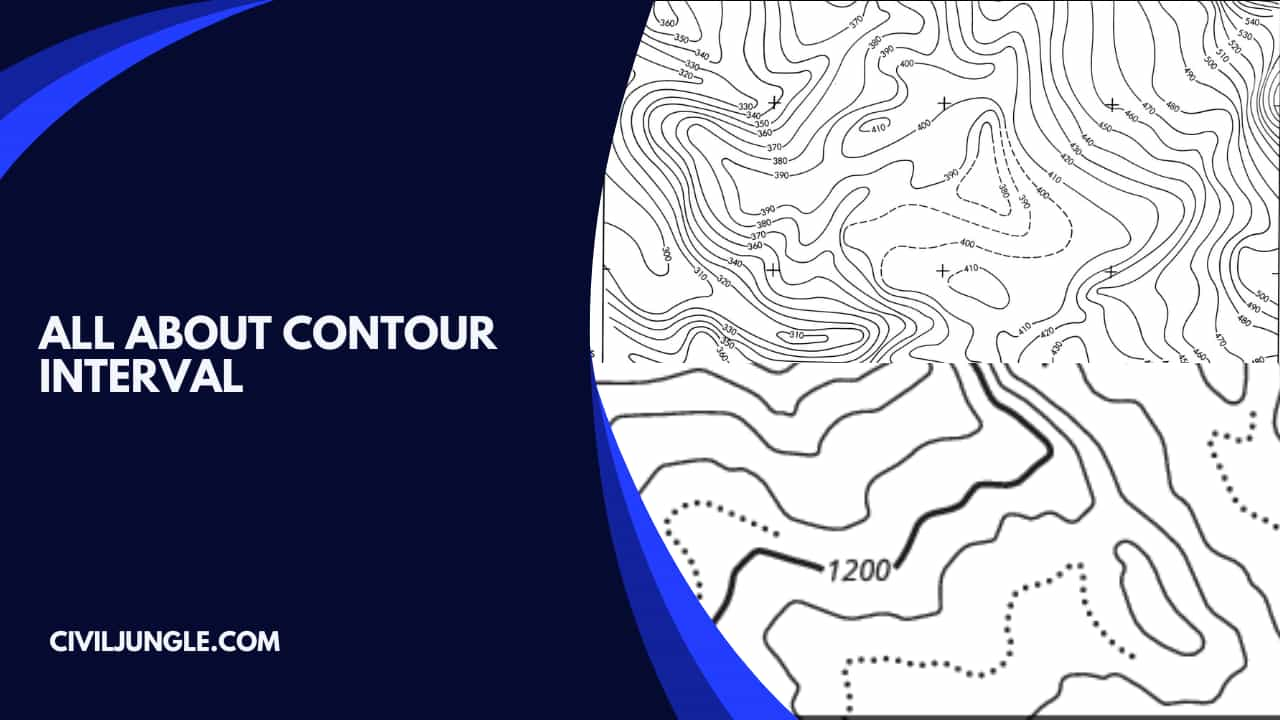
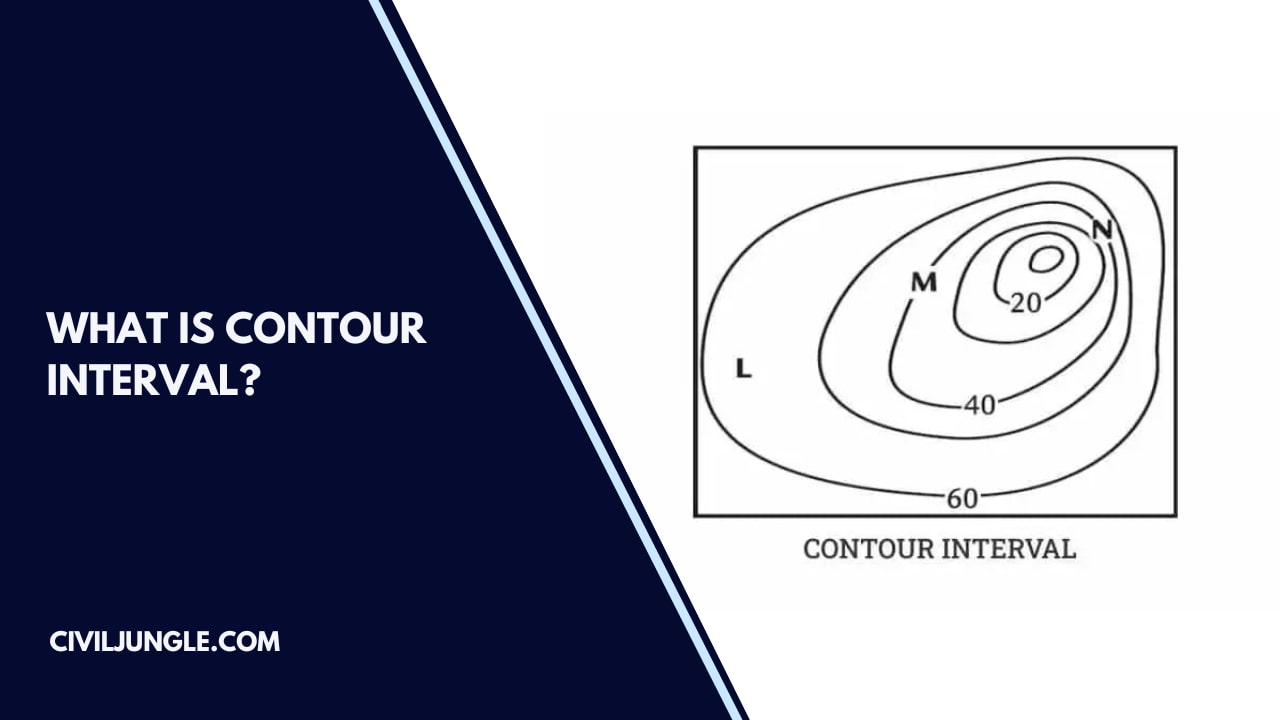
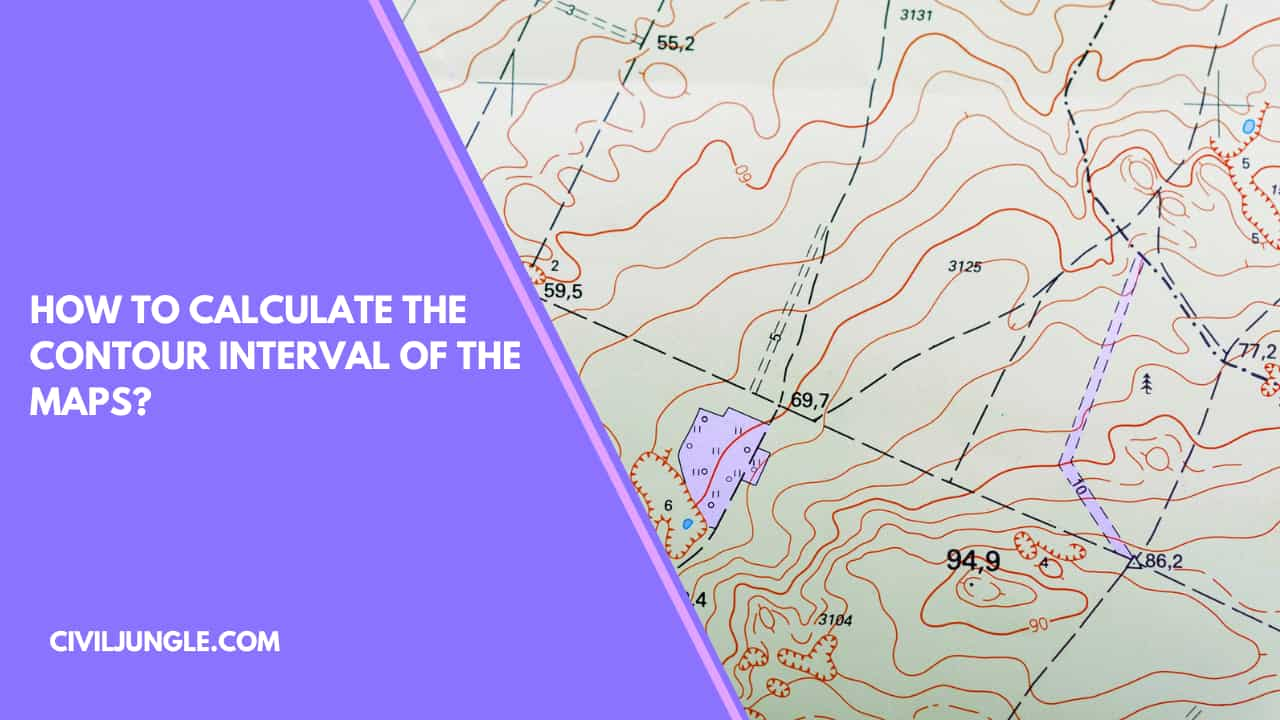
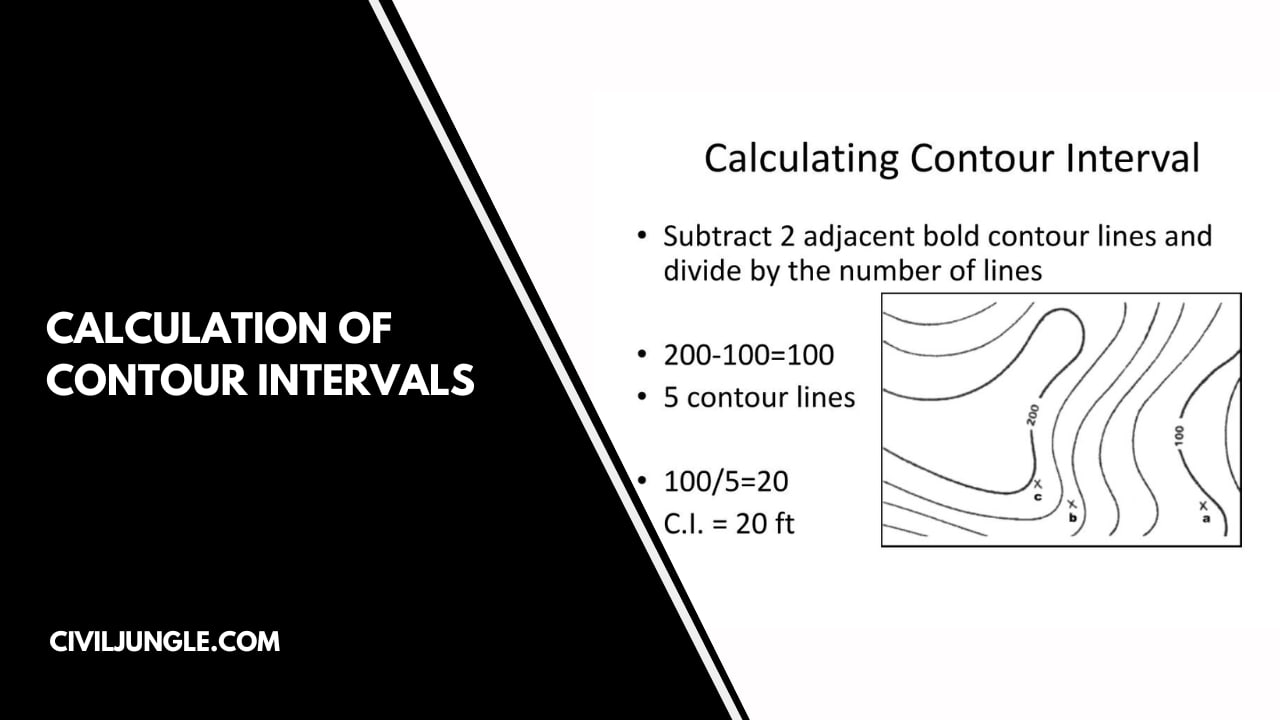
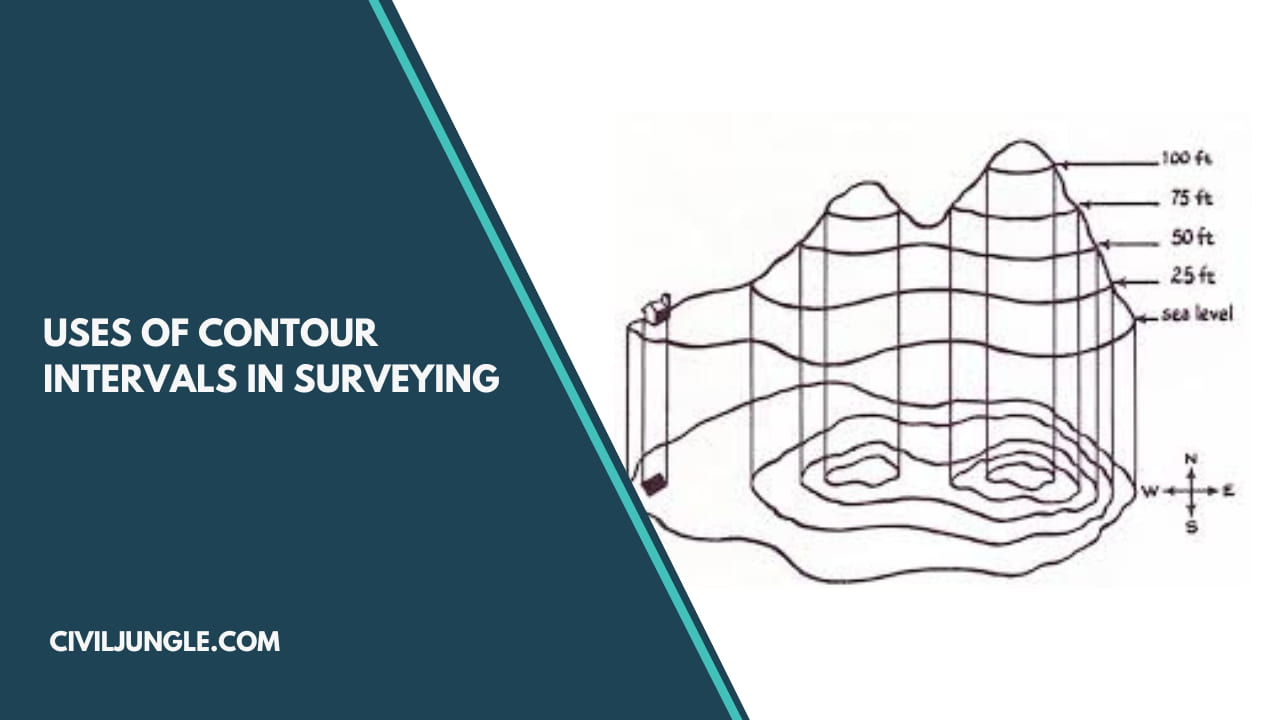
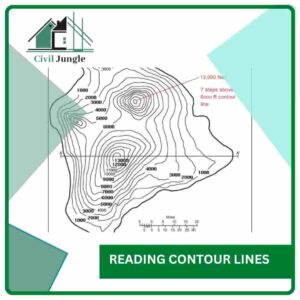
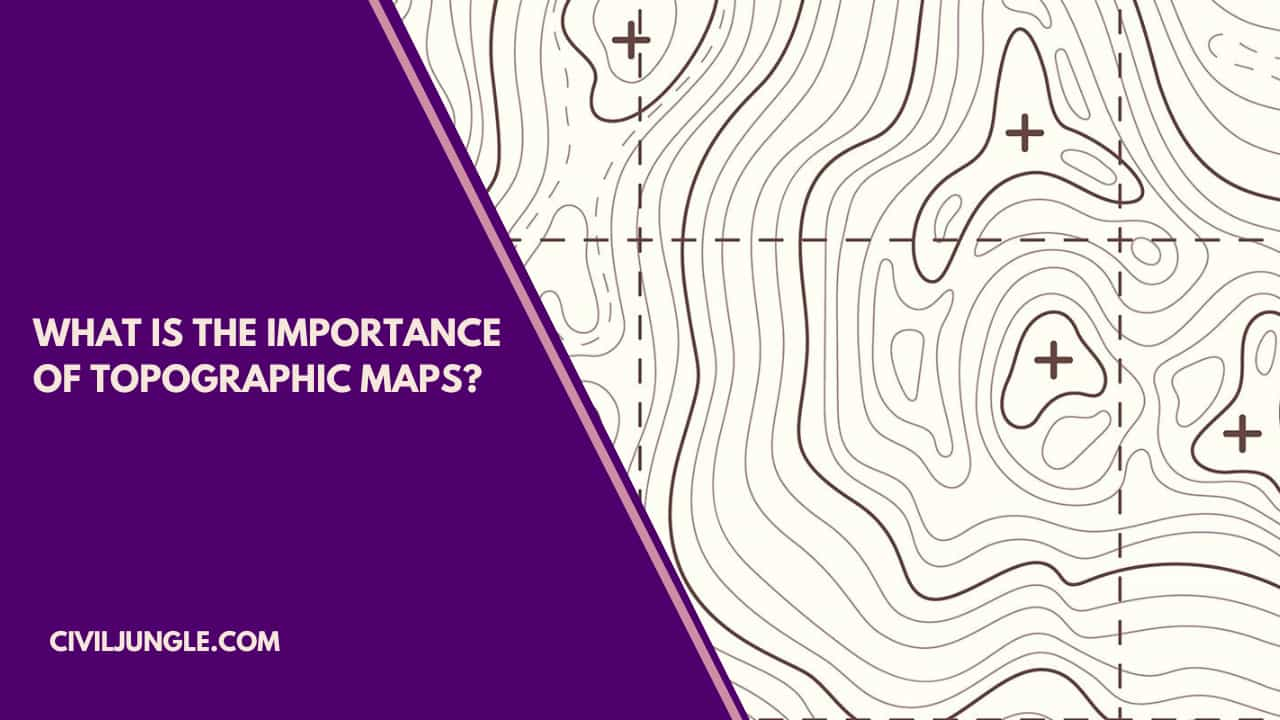
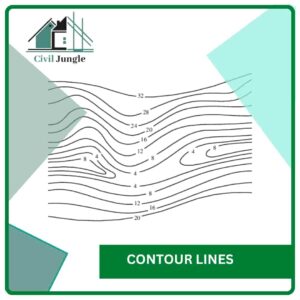
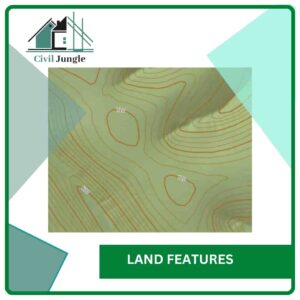
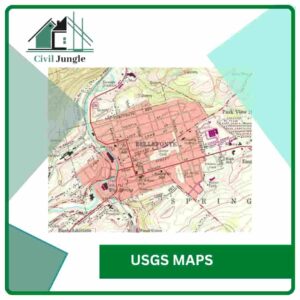
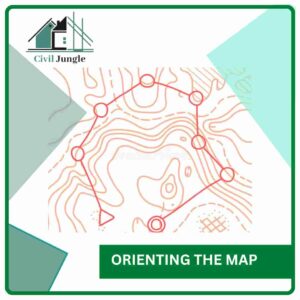

Great content! Super high-quality! Keep it up! 🙂
Have you ever thought about writing an ebook or guest authoring on other websites? I have a blog based upon on the same information you discuss and would love to have you share some stories/information. I know my visitors would appreciate your work. If you’re even remotely interested, feel free to send me an email.
I have read so many articlespostsarticles or reviewscontent regardingconcerningabouton the topic of the blogger lovers butexcepthowever this articlepostpiece of writingparagraph is reallyactuallyin facttrulygenuinely a nicepleasantgoodfastidious articlepostpiece of writingparagraph, keep it up.
What a wonderful post you have written, thanks for sharing!